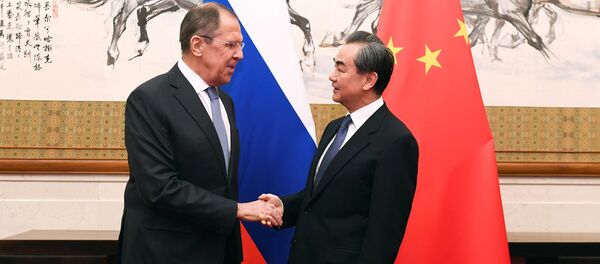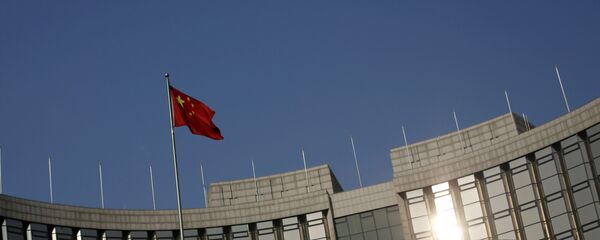From an economic perspective, the EU should begin diversifying its outlook, and China should certainly be on its radar. The Donald Trump administration is moving away from long-standing commitments to sound fiscal policy and free trade, which supported the US' economic growth for the past few decades.
Inflation and currency risks due to US trade deficits are rising over the near-term in addition to the potential adverse consequences for the EU's trade with the US over the longer term.
By the mid-2000s, Argentina was already beginning to overheat and trade deficits were widening. Interventions in the free operation of markets followed, including imposing tariffs and restrictions on the free movement of labor and capital, which raised costs and disrupted supply chains. Protectionism then led to greater public spending as the government sought to shore up the ailing economy, which only increased indebtedness. This weighed on private investment and eventually pushed up unemployment.
The US is heading in a similar direction, and we know this often ends in stagnation, inflation, currency debasement, political instability and even crisis. Thus, it is patently not in the interests of the EU to follow the US down this road. This is why the emergence of China as an economic power and thought-leader on good economic policies is increasingly important to the EU and the rest of the world.
China is pursuing policies using a different approach than the Trump administration. Specifically, China is deleveraging rather than building up debt, and pushing for greater globalization rather than withdrawing from the world. China is further opening up its markets as well as facilitating international trade via the Belt and Road Initiative. These policies are sustainable, ensure stability and are consistent with higher-trend growth rates than protectionist policies.
The main thrust of China's economic policy is to raise domestic demand as the economy pivots away from export-led growth. Stronger consumption in China should be good news for EU exporters. China's economy is not only still in the early stages of opening-up, but also has a savings rate of nearly 50 percent. This means the EU can reliably expect China's consumers to emerge as the single-largest source of demand in the world over the next couple of decades.
By contrast, the outlook for US consumption over the next few decades is less exhilarating. As interest rates go up, the cost of servicing the US' enormous debt stock of 526 percent of GDP will only rise, and this will eat into consumer spending and hurt investment.
Trade relations are about short-term risks and long-term gains. Sustainable expansion only happens in economies that constantly reform and manage their debt to improve productivity.
In the US, on the other hand, the EU looks at an overstimulated and under-reformed economy on an unsustainable path of overheating and debt problems with the added drag from protectionism, which may ultimately target the EU. China and the US, therefore, offer differing prospects for future development. The prudent path for the EU is to begin to dilute its heavy exposure to the US in favor of more business with China, ideally before it really starts to hurt.
This article was originally published in China Daily by Jan Dehn, Global head of research at Ashmore Investment Management.







